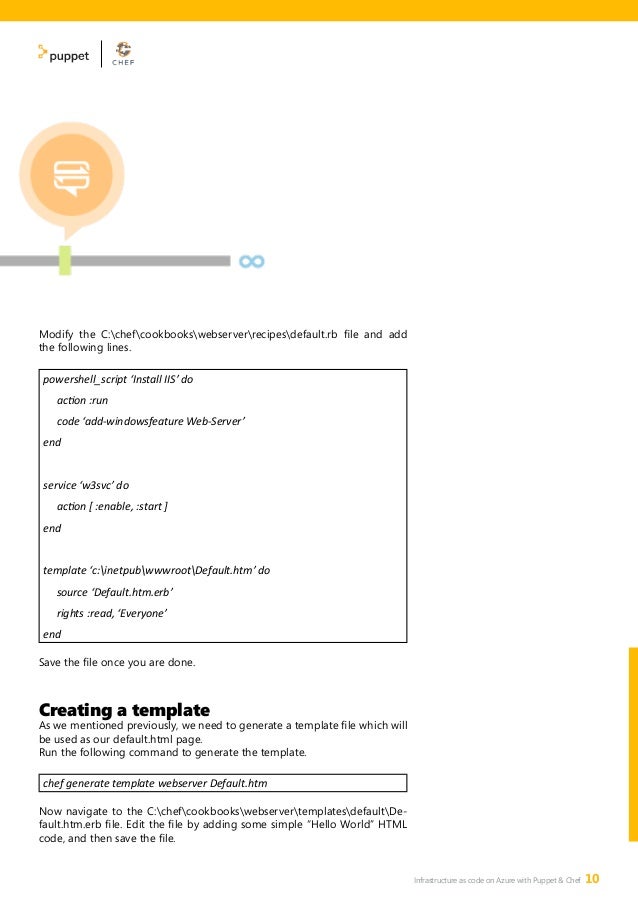In 1916, the ERB created a code system, the ERB code, which identified student grade level and school type. This two-digit code indicated whether a student was in elementary or secondary school. This code was used until 1955, when it was replaced by a four-digit code that classified students into five categories.
HT with erb asco
A recent study found that HT with ERB asco may have additional anorectal-sparing effects. While rectal toxicity thresholds are imprecise, an extra anorectal-saving effect of ERB may be clinically relevant. Moreover, the lower dose in this treatment modality is associated with a lower incidence of fecal urgency. However, further studies are required to confirm these findings.
This study investigated the safety of HT with ERB in prostate cancer patients. Its efficacy was also evaluated. In general, the study showed that HT with ERB produced similar outcomes to radical prostatectomy. However, radiation therapy for localized prostate cancer is associated with more anorectal toxicity than a radical prostatectomy. In this regard, the use of an endorectal balloon has been used to minimize the incidental dose to the rectal wall.
HT without erb asco
The use of an ERB with HT in the treatment of prostate cancer is associated with a reduction in the dose to the anorectum. The ERB is thought to provide a therapeutic advantage beyond a reduction in dose volume. However, the threshold for rectal toxicity remains uncertain. Although the efficacy of ERB is not clear, it appears to have a positive clinical effect.
A limited number of studies have examined the role of ERB in helical tomotherapy. A few studies have included ERB application and dosimetric analysis. The results suggest that HT with an ERB is associated with similar clinical outcomes as IMRT with anorectal toxicity.
